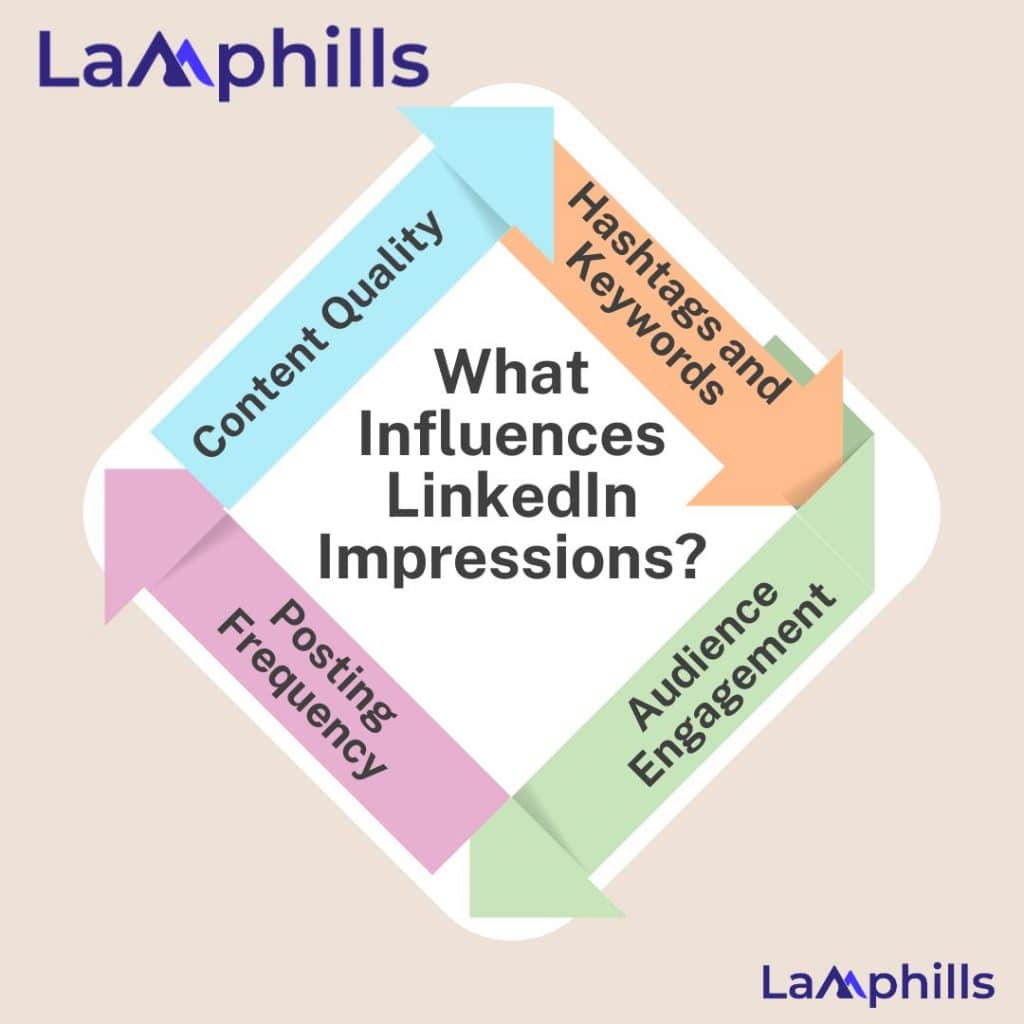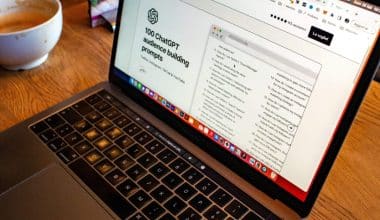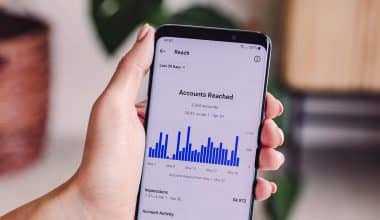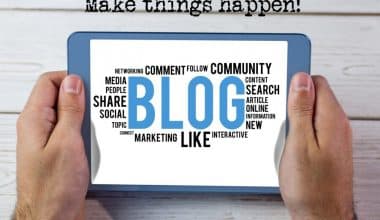Have you ever wondered how many eyes see your LinkedIn posts? It’s something I’ve thought a lot about, especially when trying to gauge the impact of my content. Impressions on LinkedIn posts are one of the most straightforward yet powerful metrics that can tell how often your content is shown to users. Understanding what impressions mean and how to monitor them has helped me optimize my strategy and get more out of my LinkedIn presence, and it can do the same for you. Let’s dive into how you can track and leverage impressions to enhance your content’s reach and engagement.
Key Point
- Impressions count the total number of times your LinkedIn content is displayed, while views represent the number of times users clicked on your content, making views a more accurate measure of engagement and content quality.
- The quality of your content is crucial for generating more impressions and views. High-quality, engaging content is more likely to attract interactions, which in turn boosts visibility on LinkedIn.
- Using LinkedIn’s built-in analytics and third-party tools allows you to track impressions, identify trends over time, and analyze the performance of individual posts to optimize your content strategy.
- User engagement, such as likes, comments, and shares, significantly impacts your content’s impressions, as LinkedIn’s algorithm favors content that resonates with its audience.
- Regular posting and the strategic use of relevant hashtags are essential tactics to increase your content’s visibility, leading to more impressions and views on LinkedIn.
What Are Impressions on LinkedIn

Credit: Freepik
Impressions on LinkedIn represent the total number of times your content is displayed or viewed. This can include the same person seeing it multiple times. Unlike reach, which counts how many unique people have seen your content, impressions count every instance your content is viewed. On platforms like LinkedIn, impressions indicate how often your posts, updates, or profile have been seen by others, giving you an idea of your content’s visibility and potential impact. Higher impressions can lead to more engagement, connections, and opportunities on the platform.
Understanding How works LinkedIn Impressions
Have you ever wondered what makes your LinkedIn posts catch people’s attention? Understanding LinkedIn impressions is like peeking behind the curtain of a complex machine. Every scroll, view, and interaction contributes to how your content is shown to others.
Imagine LinkedIn’s algorithm as a skilled matchmaker. It sorts through tons of data to pair your content with the right audience. This algorithm kicks into gear when you share a post, analyzing factors like your connections, interests, and past activity. Based on that, it decides whose feeds your post will appear in.
An impression happens when someone sees your post while scrolling through their feed. If your content briefly takes up at least half of their screen, LinkedIn counts that as an impression, like catching a glimpse of a billboard as you drive by.
But impressions are more than just quick looks.
The algorithm perks up if someone engages with your post by liking, commenting, or sharing. Your content resonates with people, and you have started showing it to even more users. It’s like the algorithm giving you approval, encouraging you to keep producing content that sparks interest.
As your impressions grow, your content begins to ripple through LinkedIn.
When people share your posts with their networks, more eyes see them, creating a snowball effect. The more engaging your content, the larger this ripple effect becomes, leading to even more comprehensive visibility on LinkedIn.
Why LinkedIn Impressions Matter

Credit: DC Studio
Why should you care about LinkedIn impressions? They’re like the applause for your content—a sign that you’re reaching a wider audience. Strong impressions increase your chances of connecting with key decision-makers and potential clients or landing your dream job.
Anyone trying to build a brand on LinkedIn needs to get lots of impressions. More people will remember and engage with your brand when they see your posts.
Remember, though, that impressions are just one piece of the puzzle. To get a complete picture of how your content is performing, you’ll also want to track other metrics like clicks, likes, and comments.
What Influences LinkedIn Impressions?
Now that you know LinkedIn impressions, let’s dive into what affects them.

#1. Content Quality
The quality of your posts is crucial to how often they’re seen. Your content must be valuable, whether through information or entertainment. High-quality content tends to generate more interaction, leading to increased visibility.
Thoroughly research your topics to ensure your content stands out. Then, use images, videos, and infographics to make your posts more engaging.
#2. Posting Frequency
Regular posting is critical to maximizing your impressions. The more active you are, the more your content shows up for your followers. A good starting point is posting once daily, but some succeed with even more frequent updates.
#3. Audience Engagement
Engagement is essential for social media success. Your content reaches more people when they interact with your posts by liking, commenting, or sharing. Consider asking questions or including calls to action in your posts to boost engagement.
#4. Hashtags and Keywords
Using the right hashtags and keywords can significantly increase your content’s visibility and help your posts reach interested users. Choose relevant hashtags and keywords to align your content with your audience’s inteaudience’s
Maximizing the visibility and engagement of your LinkedIn content requires a strategic approach to scheduling your posts. Download this Optimal Posting Schedule Checklist for LinkedIn to guide you through determining the best times and days to post, ensuring your content reaches the right audience at the right time.
What Are LinkedIn Views?
LinkedIn views represent the number of times your content catches someone’s attention enough for them to view it.
This metric shows how many people found your content compelling enough to click on it.
Tracking LinkedIn views is crucial for building your brand, boosting credibility, and sparking more interactions and connections.
There are five key types of LinkedIn views:
- Profile Views: The number of people who visited your profile, limited to the past 90 days with LinkedIn’s free account.
- Page Views: The number of unique visitors to your LinkedIn page over time.
- Video Views: Counted when someone watches your video for over two seconds, including sponsored and organic distributions.
- Post Views: Recorded each time a post appears in someone’s feed.
- Article Views: Counted only when someone clicks to read your article.
Why Are LinkedIn Views Important?
Grasping the importance of LinkedIn views is critical to making the most out of the platform. Here’s why tracking your views matters:
- Increased Visibility: More views mean greater visibility. As your views climb, your profile becomes more likely to appear in searches and recommendations, expanding your reach.
- Content Performance Tracking: By monitoring views, you can gauge what interests your audience and tweak your strategy accordingly.
- Enhanced Credibility: More views boost your credibility and draw more visitors to your profile, opening doors for meaningful connections and relationship-building.
The Limitations of LinkedIn Views
While LinkedIn views are vital for growing your profile, they do come with some limitations:
- Limited Insight: LinkedIn views tell how many people clicked on your content but don’t provide detailed information about those viewers. Researching and interacting with new viewers can only be challenging with additional tools or upgrades.
- Engagement Quality: Views can hint at the quality of your content, but they don’t measure engagement. If someone views your post without liking, commenting, or sharing, the impact of your content might be limited.
- Platform Limitations: Sharing your content on other social media platforms is great for growth. However, it doesn’t increase your LinkedIn views, and views from other channels won’t be captured in your LinkedIn analytics.
Read: How to Create a Strong Personal Brand on Social Media.
Impressions vs. Views: Which One Matters More?
When it comes to tracking your LinkedIn activity, both impressions and views are crucial. But if we had to pick a winner, views would have a slight edge. Here’s why we believe Views deserves that top spot:
#1. Engagement at Its Core
Impressions tell you how often your content has popped up on someone’s screen, but they don’t give you the whole story. They need to show how many people are genuinely interested in what you’re sharing. Views, however, are differentthey indicate how many people were intrigued enough actually to click and explore your content. This makes views more accurately reflect your content’s quality and relevance.
#2. Evaluating Content Quality
Factors like your number of followers can influence impressions, and when you post, views are directly tied to the quality of your content. If your posts are informative, engaging, and valuable, they increase clicks. This signals to new audiences that your content is worth checking out and reinforces your Credibility on the platform.
#3. Building Your Brand and Boosting Credibility
Impressions give you a sense of your content’s reach but don’t reveal how people react. Views, on the other hand, show you how individuals are engaging with your content. They provide a gateway to more likes, comments, and shares, increasing your visibility and opening up opportunities for meaningful connections on LinkedIn.
Read: A Step-by-Step Guide to Building a Comprehensive LinkedIn Content Strategy:
How to Boost LinkedIn Views?

Credit: Freepik
Now that we’ve established the importance of views let’s talk about how to increase them. Here are some tips to help you skyrocket your LinkedIn views:
#1. Create Engaging Content
People are drawn to content that resonates with them, whether it’s through entertainment, information, or relatability. Make sure your posts are visually appealing and provide real value to your audience.
Focus on creating content that’s worth sharing. Ensure your posts are easy to read, use catchy hooks to grab attention, and stick to uncomplicated language everyone can understand.
#2. Post Consistently
Consistency is critical to building a strong LinkedIn presence. Posting 2 to 5 times weekly can significantly boost your visibility and engagement. A content calendar is essential for planning your LinkedIn strategy.
#3. Use Relevant Hashtags
Hashtags can increase your content’s visibility by connecting it with users who are interested in those topics. Research the top hashtags in your industry and use them strategically.
#4. Engage with Your Network
Interacting with others by liking and commenting on their posts helps you build relationships and increase your visibility on LinkedIn. Sharing your thoughts on various topics in the comments can contribute to your profile’s growth.
How to Track LinkedIn Impressions the Right Way
Measuring how many people see your LinkedIn content is like uncovering hidden insights that can guide your content strategy. Tracking LinkedIn impressions correctly gives you a clear picture of your posts’ performance and helps you make smarter decisions about your content.
Here’s how to ensure you’re tracking your impressions effectively:
#1. Leverage LinkedIn Analytics
To start tracking your LinkedIn impressions, you’ll need the right tools. LinkedIn’s built-in analytics feature is a great place to begin. It allows you to easily access critical data about your posts, giving you a snapshot of how often your content has been viewed and helping you understand your reach and impact.
#2. Identify Trends Over Time
One of the benefits of tracking impressions is being able to see how your posts perform over time. By examining the “Impressions over Time” graph, available in tools like Octopus CRM and other LinkedIn automation software, you can observe patterns in your post visibility on different days. This can reveal when your content attracts the most attention, helping you choose the optimal times to post for maximum impact.
Read: Link Spam: Types, How I Identify and Avoid Them in 2024
#3. Analyze Post-Specific Data
To dive deeper, you can look at the performance of individual posts. Many third-party tools provide metrics like “Post Impressions,” which show how often each post has been viewed. This information helps you identify which posts resonate with your audience and might need some tweaking. Additionally, metrics like “Engagement Rate by Post Type” can highlight which types of content generate the most interaction relative to their visibility, enabling you to refine your content strategy.
In short, tracking LinkedIn impressions effectively involves:
- Using LinkedIn Analytics.
- Identifying trends with third-party tools.
- Analyzing the performance of individual posts.
This approach will help you fine-tune your content strategy, boost engagement, and make informed decisions about your LinkedIn presence.
Related Post
Become a LinkedIn Influencer with Creator Mode: A Step-by-Step Guide for Enhanced Personal Branding
How I Build a Social Media Marketing Dashboard for Brands in 2024





